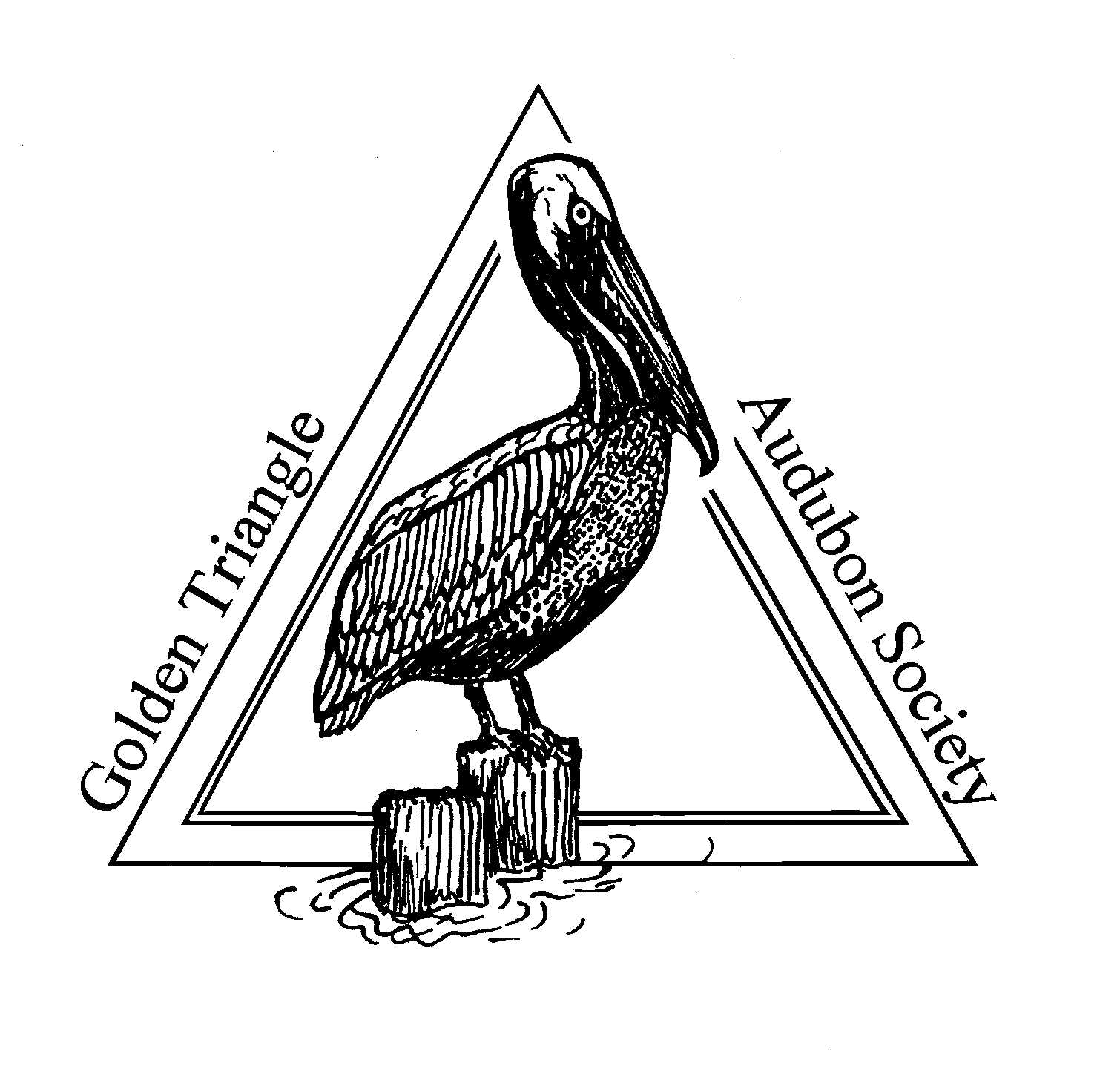|
January Meeting
Report
David Baker of the Big Thicket National Preserve was our speaker for
the Golden Triangle Audubon membership meeting that was held on Thursday,
January 20, 2000.
Today David thinks that the single most important thing that
could be done to preserve birds is marketing. The Big Thicket was
set aside for preservation management. According to David, there
is a very powerful connection between marketing and preservation.
If you can attach a financial value to a living resource it guarantees
its survival. This is why marketing is important. The Great
Texas Coastal Birding Trail is one of the greatest preservation efforts
of this state. It is attaching a tremendous financial value to migratory
songbirds. Tourists that are attracted to this trail will generate
lots and lots of money in Texas and some of that money will go to the counties
and some will go to preservation. One of Davidís jobs is to get people
to fall in love with the Big Thicket. Because what people love they
will take care of.
He shared with us some of the marketing techniques used to educate
people about the Great Texas Coastal Birding Trail. These marketing
techniques include an exhibit, which is available to any one
that would like to use it. Another marketing device
was the
development of a slide show. Then a power point program
was developed. Media coverage with the local TV stations is another
marketing device used. A video was made. Coming up on March
11 at Tony Houseman State Park and Wildlife Management Area there will
be a Southeast Texas Migration Celebration, which will celebrate the first
spring migration since the Upper Texas Coast Section was opened.
To orient the service providers to the trail, a handout was developed
for the people that met the needs of the trail users. Hospitality
training programs have been developed to train people in certain industries
how to work with the general public and met their needs. Developing
a packet of information obtained through the Chamber of Commerce that would
cover all areas of the trail not just a particular area within a certain
city. To educate more people about birding a Beginning Birding Workshop
is starting on February 12.
It was through the power point program that David
took us on a journey around the Big Thicket Loop of the Great Texas Coastal
Birding Trail. There are 19 sites, at least 250 species of birds,
and is a 350 mile round trip. Each site is marked with a brown sign
illustrated with the familiar Black Skimmer logo, as well as a unique site
number that corresponds with a beautiful and informative map. The trip
starts at Site 1, which is at Tony Houseman State Park and Wildlife Management
Area. Site 2 is Bon Wier. Site 3 is Wild Azalea Canyons. Site
4 is Toledo Bend Reservoir. Site 5 is Champion Canyon Rim Woodlands
Trail. Site 6 is Sam Rayburn Reservoir. Site 7 is Angelina National
Forest Boykin Springs Recreation Area. Site 8 is Angelina National
Forest Upland Island Wilderness, Bouton Lake, and Sawmill Trail.
Site 9 is Champion Woodland Trail. Site 10 is LPC Dogwood Trail.
Site 11 is Jasper State Fish Hatchery. Site 12 is East B.A. Steinhagen
Reservoir. Site 13 is Martin Dies State Park. Site 14 is West B.A.
Steinhagen Reservoir. Site 15 is Big Thicket National Preserve.
Site 16 is Gore Store Road and Turkey Creek. Site 17 is The Nature
Conservancy of Texas Roy E. Larson Sandyland Sanctuary. Site 18 is
Village Creek State Park. Site 19 is Tyrrell Park and Cattail Marsh,
which many of us love to bird time and time again. David talked about
each site in the program.
The trail is an ecotourism project. This trail will have
an impact not only on our economy but also on our values. Not only
the way we see ourselves but the way we see the world. Then he told
us a powerful story (if you were not at the meeting Iím sorry you missed
it). I think Davidís story was trying to demonstrate how easy it
is for us to destroy nature but it is difficult or even impossible for
us to repair what we destroy; therefore, we should learn to respect our
ecology and learn to love and preserve our ecology.
Thank you David for making our January membership meeting a great
one. It was enlightening to learn about the marketing techniques
used to generate interest in the Great Texas Coastal Birding Trail.
As David suggested, you will need 4 or more days to journey around the
Big Thicket Loop, but it only takes about three hours to attend a membership
meeting. Our next meeting will be Thursday, February 17, 2000.
|

